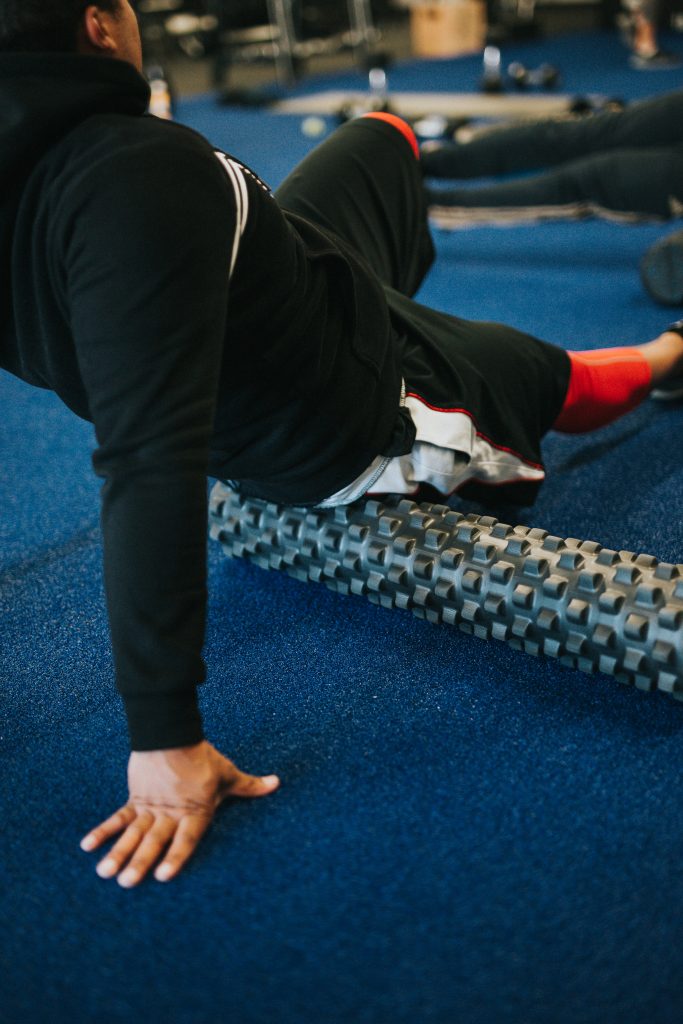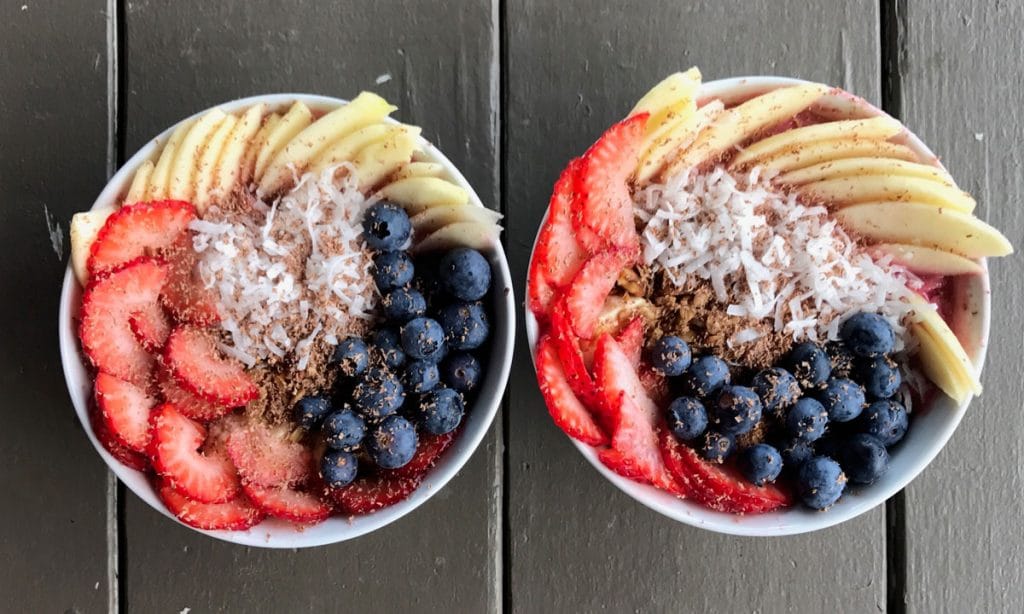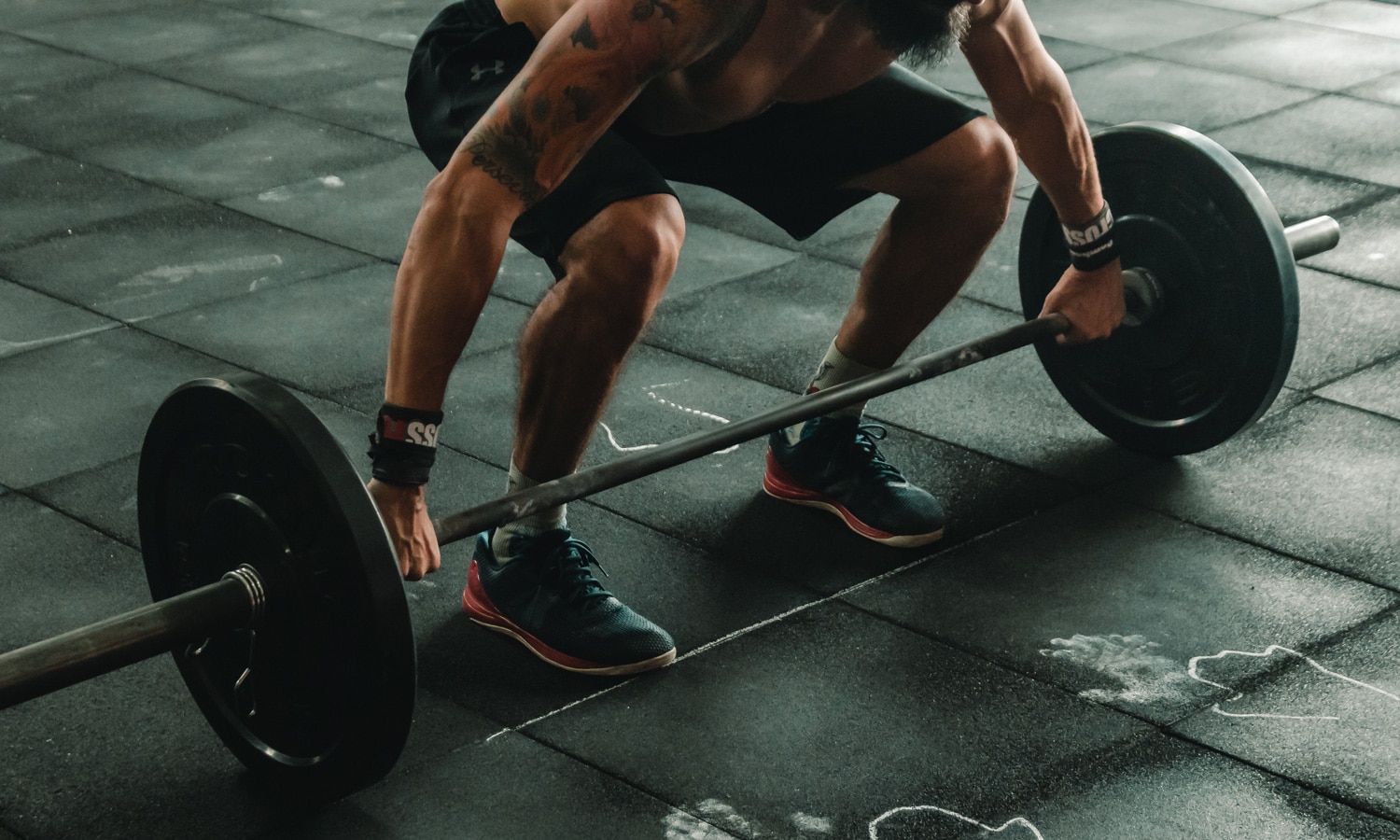Sore muscles are usually impossible to avoid, especially after a vigorous workout. Here are some tips that can help you mitigate the pain.
There’s always some muscle soreness to contend with, even if you’re used to working out regularly. While it’s nothing to worry about, muscle soreness can be particularly painful depending on the person, especially after vigorous workouts.
Medically known as delayed onset muscle soreness (DOMS), the pain you experience post workout is mostly due to the tears that appear on your muscle fibers after they’re strained. This causes pain and inflammation, which is why your arms and legs might feel heavier or harder to move after a tough workout session. This process is how muscle is built and how people gain strength. It’s a normal part of the process until your body hurts too much and it gets in the way.
Here are some tips that can help you prevent and treat muscle soreness:
Drink a lot of water

RELATED: Does Soaking In CBD Help Sore Muscles?
When we workout, we lose lots of water which increases muscle soreness. When you ingest water, you’re helping your body flush out waste and toxins, contributing to less pain during the following days after a vigorous workout.
Foam roll after a workout

While it’s tough to completely avoid some muscle soreness after a vigorous or new kind of workout, using the foam roll afterwards will save you some pain. Roller massagers improve blood flow and oxygenate the sore muscles, which makes it less likely for your muscle soreness to be that impairing.
Move if you’re in pain

RELATED: 5 Tips To Help You Start And Stick To A Workout Routine
Even though you’ll most likely feel like sleeping and laying on the couch, light stretching and easy movement can provide tons of pain relief for your tight and inflamed muscles. Movement increases circulation, speeding up the repair process and warming up the muscles. Still, it’s important to remember that you don’t want to overdo it and cause more harm and tears to your muscle fibers.
Consume enough calories

Make sure to eat enough whole foods after you work out, and don’t skimp on the protein, which is a necessary component for building muscle. If you’re curious how many calories and nutrients you consume on a daily basis, you can log your food intake in apps like Cronometer, which makes it easy to fulfill your calorie requirements based on your daily calorie expenditure.


